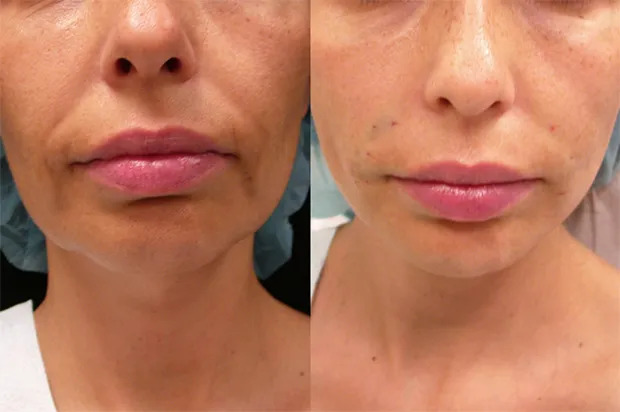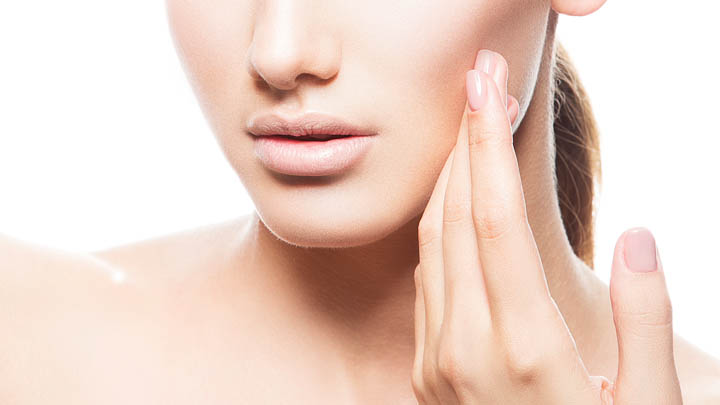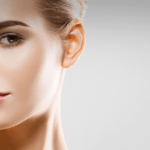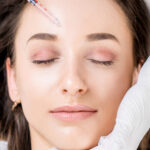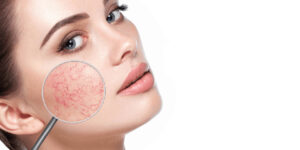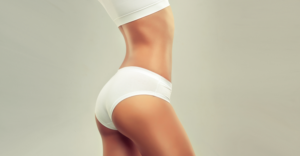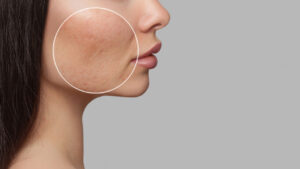Non-invasive treatments for sagging cheeks
Our skin naturally loses elastin and collagen as we age, which can occasionally make our skin look older than we think it should. Even though aging is a completely natural and expected aspect of life, there are anti-aging treatments that can boost our self-confidence.
Although the natural aging process is a significant contributor to sagging cheeks, other factors such as sun exposure, smoking, poor nutrition, and genetics can also play a role. Sagging cheeks are a common concern for many people, particularly as they age. This occurs as the supportive elements that provide sculpted features, such as collagen and elastin, decrease in quantity.
Additionally, the fat pads that give our face its shape become less plump and slide downwards. The bones that create the foundation on which muscles, fat, and skin rest also begin to recede, leading to overall sagging and laxity in the cheeks and lower face. While the natural aging process is inevitable, there are steps we can take to minimize the effects of these contributing factors and maintain healthy, youthful-looking skin. These include protecting our skin from sun damage, quitting smoking, following a healthy and balanced diet, and investing in skin care products that promote collagen production and skin elasticity.
Main causes of sagging cheeks
Losing collagen and elastin
With time, there is a noticeable loss of collagen and elastin in the area behind your jawline and around your cheekbones.
The structure of your body’s connective tissue is derived from the protein collagen. Elastin, a different protein present in connective tissue, enables your skin to return to its natural form even after being stretched. When these proteins are gone, the skin surrounding your lips on your cheeks becomes less elastic and firm.
Gravity then pulls it downward until it sags and reaches the area on either side of your lips and chin.
Genetics
Additionally, your genetic background may have an impact on the presence of jowls and how noticeable they become with time. If one or both of your parents have jowls, you are more likely to have them as well. If you have naturally thin skin or low levels of collagen and elastin in your skin, you may start to develop jowls early in your life.
Lifestyles and environment
- Other factors that contribute to sagging cheeks and the process of
- Making certain facial expressions frequently can cause your face or neck skin to sag.
- The stretched skin can sag if you lose weight.
- Overexposure to ultraviolet (UV) rays from the sun might harm your skin’s collagen. Your skin may start to sag earlier as a result.
- Collagen and elastin can be harmed by the nicotine and other substances in cigarettes.
- Additionally, smoking can constrict your blood arteries. This restricts the flow of blood and keeps your skin from receiving enough vitamins, such as A, to keep it healthy.
- A poor diet lacking in nutrients can affect the health and appearance of the skin.
- Sagging cheeks might result from a lack of exercise since it maintains skin elasticity and muscle tone.
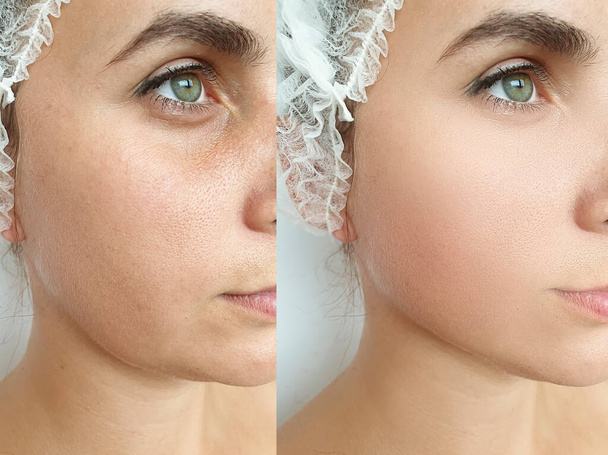
Best non-surgical treatments for sagging cheeks
Dermal fillers for sagging cheeks
To get rid of jowls, facial fillers are a great option since they can smooth the jawline, restore the structure of the face, and stimulate the skin’s natural production of hyaluronic acid. Dermal fillers can enhance the skin’s quality in the facial areas surrounding your lips, chin, and nose. When injected in the cheeks, fillers replace lost volume in the area, which, in turn, restores the sagging cheek’s fat pads to their original position.
The body naturally produces hyaluronic acid, which softly fills and draws water to the area surrounding the fillers to create a delicate, lifted, more rounded appearance that will accentuate your natural beauty without seeming overdone. This provides the necessary support to the lower face, softening jowls, marionette lines (creases that run from the corner of the mouth to the chin), and nasolabial folds (smile lines). Occasionally, a minor filler touch-up around the lips is the cherry on top.
To smooth out any leftover symptoms of jowling, a small amount of filler can assist in raising sagging mouth corners and sculpting the jawline. With cheek fillers, you may have higher, more defined cheekbones that seem perfectly natural and reduce the appearance of years off your face. They might be the perfect remedy for sunken cheeks.
The procedure is not painful, does not require any significant downtime, and is excellent for lifting and sculpting the skin, where volume needs to be replaced.
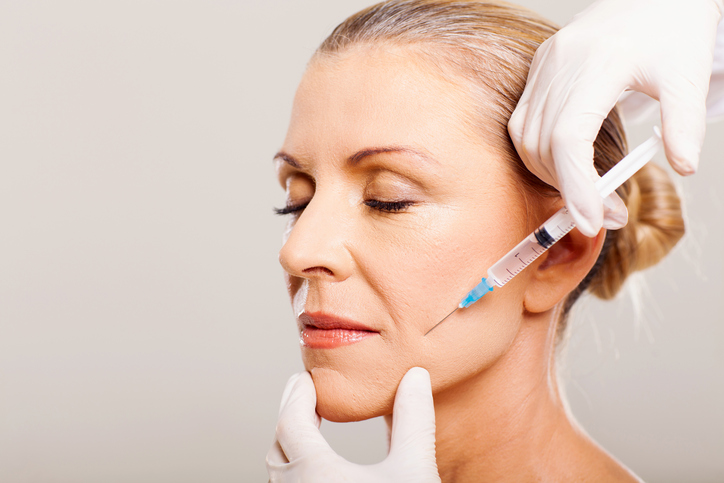
Sculptra injection
The FDA has authorized Sculptra, an injectable therapy for fine wrinkles and drooping cheekbones. Sculptra is distinct from other dermal fillers due to its ability to stimulate collagen. To improve collagen production and fill in wrinkles, an ultra-fine needle is used to inject a solution based on poly-L-lactic acid into the treatment area.
The elasticity and firmness of the skin deteriorate with decreased collagen synthesis, highlighting the appearance of wrinkles around the mouth and cheeks. To promote collagen synthesis, fill in fine wrinkles, and enhance the quality of the skin, Sculptra is injected deeply into the dermis or inner layer of the skin. Sculptra is a complete liquid facelift that may be used for individuals who want facial rejuvenation but are not interested in cosmetic surgery. It involves injections into the cheeks, forehead, temples, nasolabial folds, and jawline. After the procedure, there is no downtime needed, and the results of Sculptra injections last for up to two years.
No downtime is required following the procedure, and the effects of Sculptra injections can be seen for up to 2 years post-treatment.
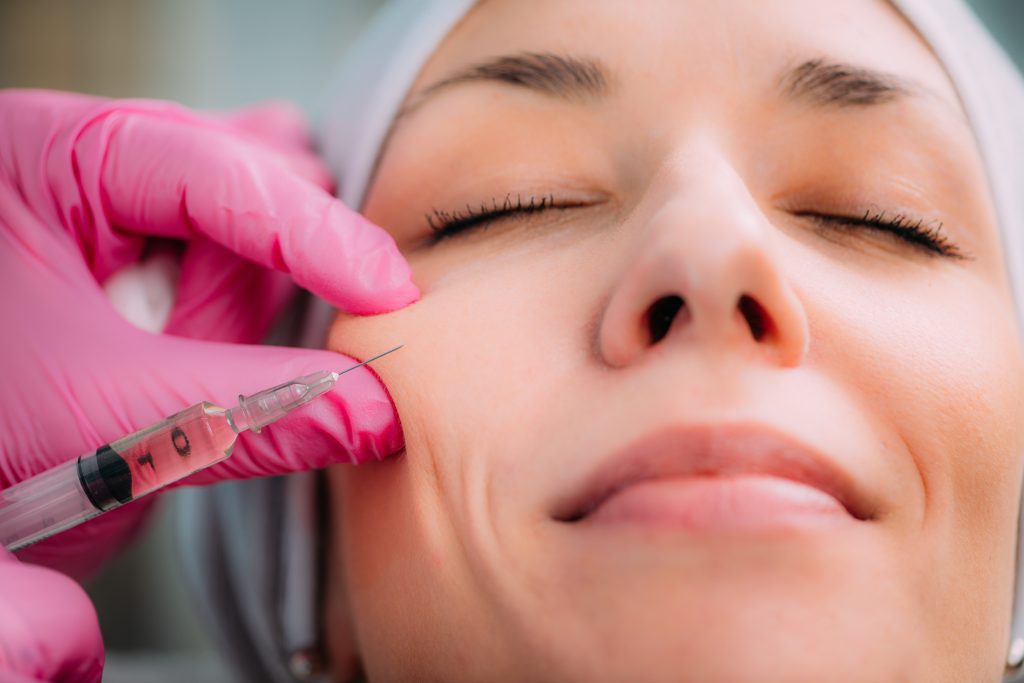
PDO threads for sagging cheeks
PDO threads are a significant advancement in non-surgical facial rejuvenation, especially for those seeking increased cheek volume without the risks and protracted recovery periods connected to conventional surgical facelifts. Absorbable threads are positioned beneath the skin as part of the thread lift procedure. The thread has barbs along it that can be pulled to raise and tighten the sagging cheek. These barbs latch onto tissue. Additionally, by encouraging the body’s natural collagen production, these threads support the underlying tissue by forming a framework. The skin gets tighter and more supple as collagen levels rise, giving the face its lost volume back.
PDO threads are applied to sagging facial skin to tighten and lift. The PDO threads continuously stimulate collagen synthesis under the skin and are absorbed in 4-6 months.
PDO threading procedures, in contrast to surgical facelifts, have minimal to no recovery time, enabling patients to return to their regular activities nearly right away. Traditional surgeries often involve long recovery periods, during which patients may experience discomfort and visible bruising. In contrast, thread lifts typically cause minimal bruising and swelling, making them a convenient option for individuals with busy lifestyles.
Smooth and lifting threads are used depending on the facial region and skin texture and can last for about 2 years.
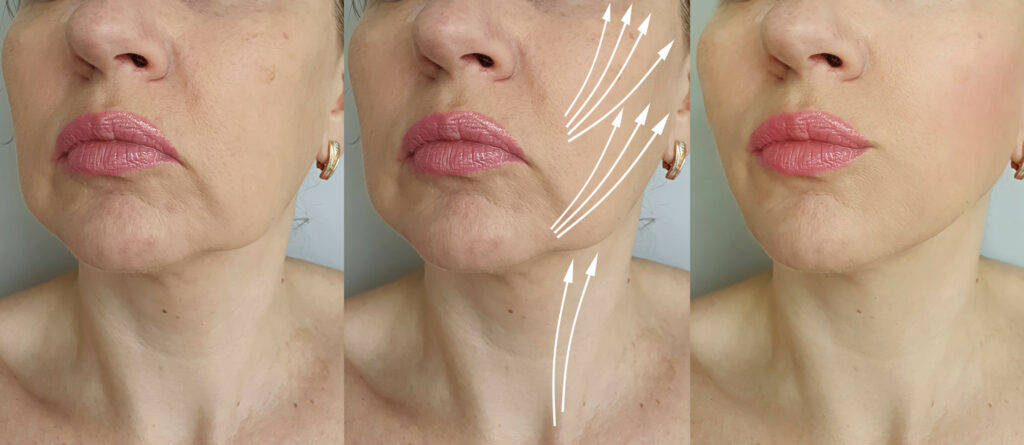
Morpheus8 treatment
Morpheus8 uses FDA-approved fractional technology that combines microneedling and radiofrequency (RF) energy. This works to remodel skin, tissue, and collagen, giving a lifted appearance.
Microneedles promote a healing response that boosts the skin’s synthesis of collagen and elastin. The tissue under the skin is heated concurrently by the radiofrequency energy. This is the perfect treatment for a cheek lift because it tightens connective fibers and shapes fat to lift and firm the contours. It effectively contours, lifts, and tightens sagging cheeks.
The downtime required is minimal. Downtime is dependent on the patient’s sensitivity levels and treatment area sensitivity. Temporary after-effects are some potential redness and minuscule pinprick bruising. Within just a few days, visible cheek tightening results can be seen. However, more noticeable results tend to take three weeks to fully appear. Over three months after treatment, improvements will continue. Morpheus8 results can last up to 12-18 months. Maintenance of these results is dependent on the patient’s lifestyle factors (smoking, drinking, sun exposure).
